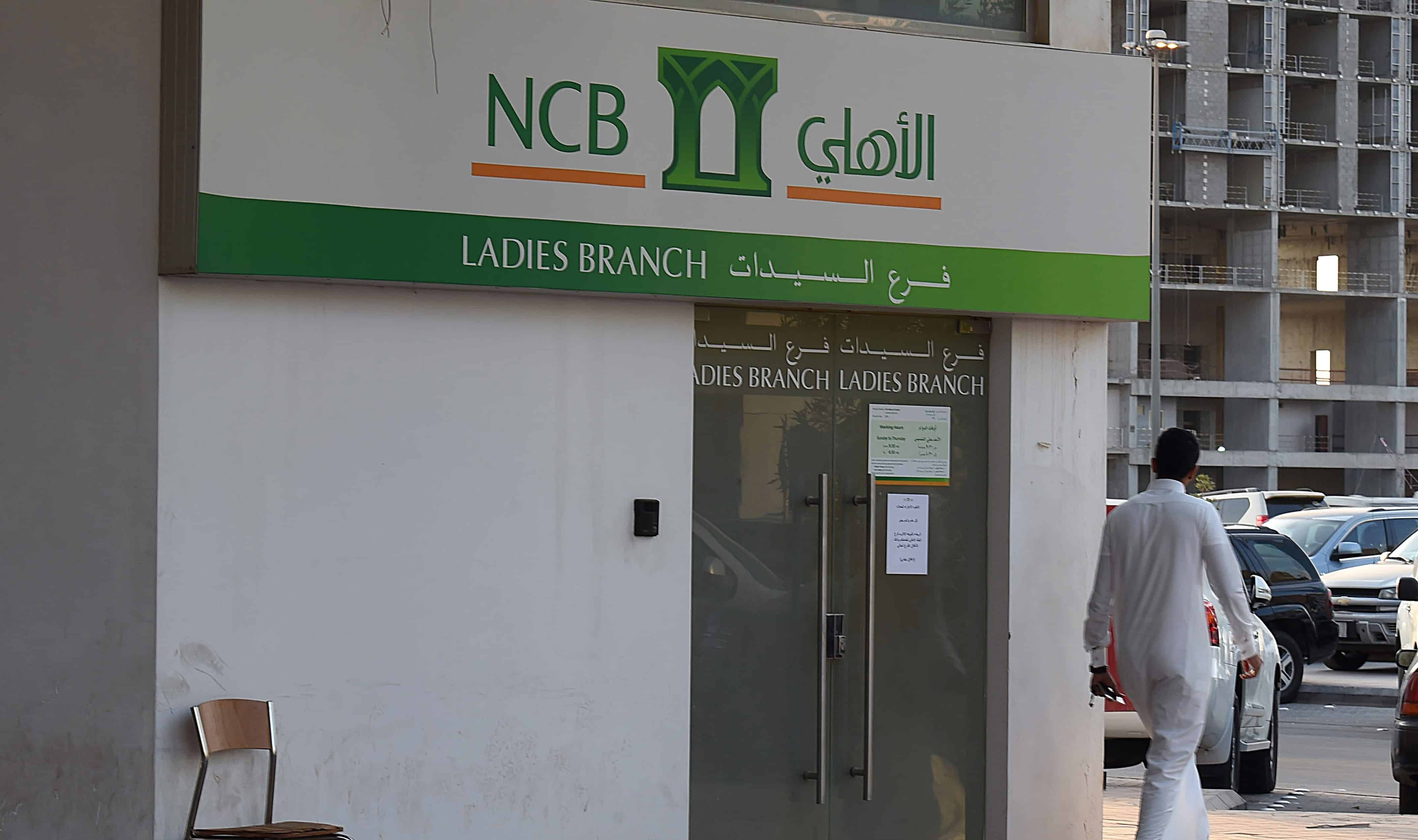The banking sector in the GCC has undergone a fundamental paradigm shift over the last two years. As the impact of COVID-19 became clear, so did the limitations of traditional banking methods.
Banks in the region were already on the path towards digitization, but the pandemic became the catalyst for accelerated change. As consumers got used to superior online shopping, health, and governmental services, they increasingly demanded that banks follow suit with their lacking digital offerings.
This is reflected in Backbase’s “Digital Banking Appetite in the GCC” report. Backbase and YouGov polled 2,016 people in Saudi Arabia and the UAE, and the research gives the clearest indication, yet those consumers want their banks to go digital.
The report reveals that more than 80% of consumers now prefer to do their banking online rather than visit a physical branch, while around a third feel that their bank provides weak online banking services.
This is where engagement banking plays a pivotal role, providing a single unified, integrated platform that breaks down the barriers between once-siloed functions. This approach empowers financial institutions to quickly identify and cater to ever-evolving customer demands.
Summary of results
According to the report, consumers who were previously resistant to using online payment channels have amended their purchasing behavior and now rely heavily on digital infrastructures. As such, the adoption of digital practices has become the cornerstone of a competitive, high productivity banking economy.
With government-enforced border lockdowns, constantly changing quarantine rules, and fluctuating COVID-19 cases, there’s been a heightened requirement for digital infrastructure to be implemented within the financial services industry. Still, the positive momentum brought on by the fully integrated experience will remain a driver of profit and innovation for the foreseeable future.
A staggering 89% of respondents to the survey said they’re now more likely to opt for digital banking services rather than make a physical visit to a bank branch, with consumers noting that they prefer digital self-service banking solutions delivered with the same convenience as their ecommerce, entertainment, and transport solutions.
Today, the substitution of bank lending with finance companies and fintech solutions is becoming increasingly popular in the GCC. Still, 33% of respondents perceive their bank’s online offerings as weak.
As the pandemic recedes, banks can provide enhanced customer engagement online, which will pave the way for physical branches to deliver more complex, high-value activities.
According to the survey, there have been several other notable shifts in consumer behavior. 82% of respondents claimed that better customer experience and the presence of self-service banking that is fully accessible online, would make them decide to shift to a different bank.
To make sure that banks can capitalize on changing customer demands, they’ll need to break free from siloed technology infrastructure and bring engagement to the forefront of their digital operations.
Nowadays, customers are used to obtaining services “when they want it, where they want” with 77% of survey respondents revealing that they access digital banking services once a week. As such, digital capabilities are crucial in how banks decide to build for their future.
The opportunity
This has resulted in modern consumers expecting a simple onboarding process and frictionless service that is easily accessible.
The only option left for traditional financial institutions is to evolve. The challenge that many of these institutions face is dependence on outdated legacy systems with siloed point solutions such as call centers, ATMs, and mobile and online services.
But there is good news, the same technologies used by challenger banks are available to incumbents too. The challengers may have raised the bar, but the opportunity is ripe for traditional banks to level the playing field.
The adoption of maturing new technologies will be essential to enable new propositions and drive efficiencies. For example, machine learning underpins new approaches in areas such as customer authentication and onboarding, as well as credit assessment and fraud profiling.
The goal is to drive seamless, omni-channel, conversational dialogues. At the same time, operational efficiencies are driven through automation, increasing flexibility for fast, business-driven changes.
The recommendation
While many banks have relied on the rollout of standalone applications and self-contained systems to add new functions and services to their online banking offerings, this has created fragmented systems that fail to create exceptional customer experiences. With further digital transformation ahead, financial institutions need to ensure that they have the right platform to manage future expansion.
Also, a robust, agile, digital-first banking platform will connect to and empower all parts of the organization and enable omni-channel customer journeys. By hosting all services on a dedicated platform, banks can orchestrate their customer interactions through a single access point, delivering a consistent experience at every point of contact.
An engagement banking platform works alongside legacy systems – connecting, aligning, and informing support staff and customers.
Additionally, having both employees and customers on the same platform allows the bank to enable superior service and facilitate greater engagement thanks to a unified, cross-channel view of each customer. This approach allows banks to innovate at scale and speed to raise customer satisfaction levels.
Moreover, frontline staff are freed from slow, paper-based processes and empowered to deliver excellent service with all the information they need right at their fingertips. The user experience works – from onboarding to upselling –drives digital sales. Enhanced financial insights help customers to manage their financial lives and allow banks to strategize. The engagement banking platform connects all the dots, delivering superior experiences for the end customer and ensuring the bank can compete well into the future.

